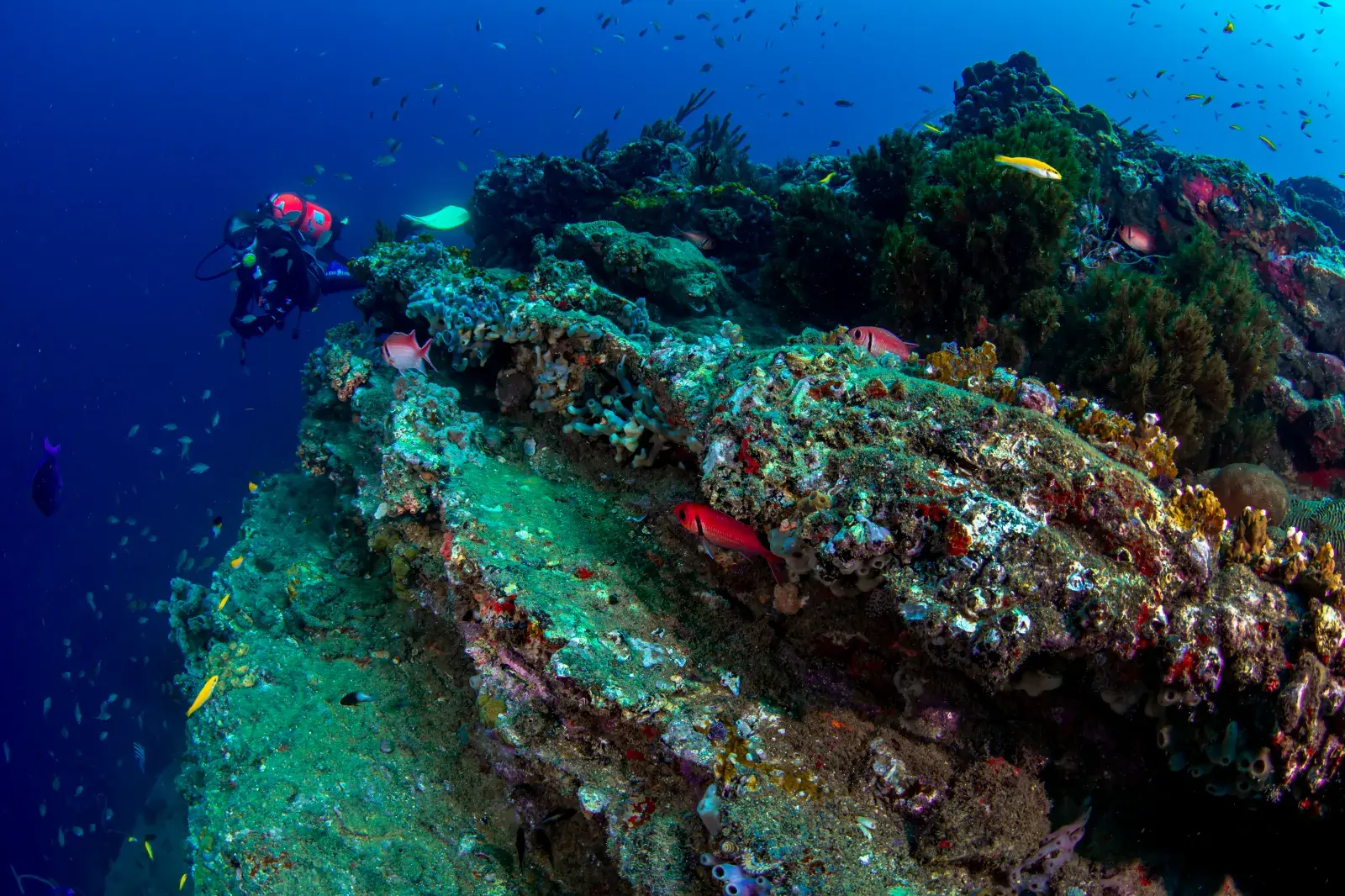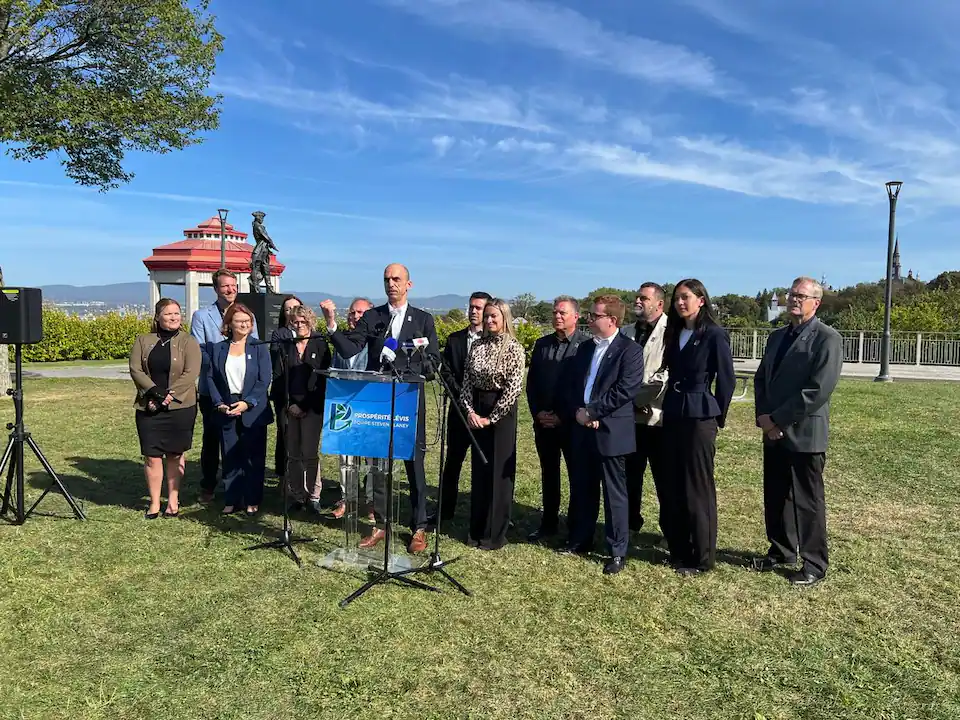Copyright newsweek

Last week may have been the biggest moment for ocean conservation in history. After 20 years of difficult negotiations, 73 countries including the European Union ratified a treaty to establish environmental protections on international waters, areas of the ocean that have been unregulated throughout history—a vast Wild West beyond the reach of national governments. This will finally give countries shared governance over the two-thirds of our ocean. Marine biologist placing a transect and a square, for a later census of both fish and invertebrates. These image were captured in May 08,2025, in the Caribbean Sea. For centuries, dangerous and unregulated activity has run rampant in international waters. The resulting environmental degradation has included the mass destruction of critical marine life, including fish stocks and coral reefs. Today, overfishing threatens the 3 billion people who rely on it as a primary food source, plus the 60 million people who depend on fishing to make a living and feed their families. Depletion of fish stocks could threaten the health and lives of people all around the world. Coastal residents, local fishers, and activists have long been pressing world leaders to come up with rules to protect these waters, and their efforts have finally paid off. The ratification of the High Seas Treaty is a major milestone for both marine and human life. It advances the United Nations goal of protecting 30 percent of the ocean by 2030, and to get there, it lays out a path for countries to determine areas that should be protected from fishing, industrial activity, and more. It will also give Indigenous communities, developing nations, and the Global South the opportunity to finally have a seat at the table and lend their voice in shaping policies. Although it doesn’t go into effect until January, some nations are already moving quickly to implement the treaty. Last year, Chile launched an initiative called Biodiversity Beyond National Jurisdiction First Movers, as a way to encourage countries to begin mapping out areas of the high seas that should be protected. Since then, other countries have also committed to expediting the process of selecting protected areas. In Africa, the Economic Community of West African States (ECOWAS) Commission, made up of 12 member states, is working to implement its own regional agreement. Together, the nations are working to collect data, evaluate protected areas, and develop a regional strategy to protect biodiversity—even before international guardrails are set by the High Seas Treaty. At the 2025 U.N. Ocean Conference in Nice, France in June, Panama proposed the creation of the first transnational marine reserve, covering an area of 10 million square kilometers in the eastern Pacific Ocean. Panama currently safeguards more than 54 percent of its waters, well beyond the 30 percent global goal, locking in a critical refuge for migratory species that move along its coasts. And as a founding member of the Eastern Tropical Pacific Marine Corridor, Panama is working to strengthen conservation and bring global attention to the need of marine protected areas. At UNGA this week, Panama unveiled a Nature Pledge that aligns climate mitigation and adaptation, biodiversity protection, a circular economy, and ocean conservation efforts under a single plan. The pledge creates measurable targets, including restoring 100,000 hectares of ecosystems by 2035. The pledge will connect forests to watersheds and will improve climate resilience across the region. In the months ahead, we urge more nations to join these efforts or develop their own initiatives. And to ensure that they do, and that the High Seas Treaty is fully implemented, the U.N. will convene a conference next year. While ratification of the treaty was a monumental step, the hardest work—designating protecting areas and enforcing them—is still to come. It’s now critical that national leaders build on the current momentum and seize this historic opportunity to protect the world’s largest, richest, and most vulnerable natural resource. Patricia E. Harris is CEO of Bloomberg Philanthropies. Juan Carlos Navarro is Panama’s minister of Environment. The views expressed in this article are the writers’ own.



